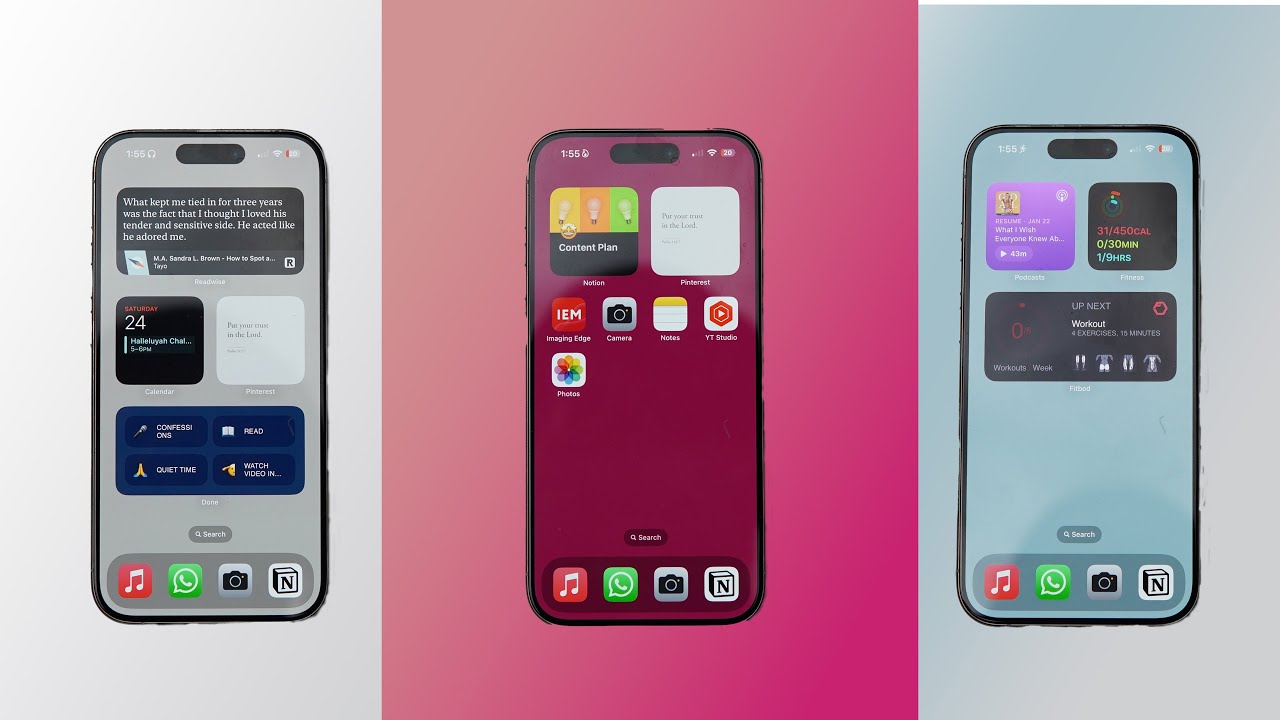Public Wi-Fi is a convenience that allows us to stay connected on the go, whether at cafes, airports, hotels, or parks. While it offers undeniable advantages, public Wi-Fi networks come with inherent risks that can compromise your privacy and the security of your data. Cybercriminals often target these networks, exploiting vulnerabilities to intercept sensitive information, such as passwords, financial data, and private communications.
To use public Wi-Fi safely on your smartphone, you need to adopt best practices that protect your personal and financial information. This article outlines essential tips and strategies to minimize risks and enjoy secure browsing on public networks.
1. Avoid Accessing Sensitive Accounts
When connected to public Wi-Fi, avoid accessing sensitive accounts, such as online banking, shopping accounts, or any service that requires entering personal information.
- Limit Transactions: Avoid financial transactions or entering credit card details while using public Wi-Fi.
- Delay Logging In: If possible, wait until you’re connected to a secure private network before logging into sensitive accounts.
Even on seemingly safe networks, cybercriminals can intercept data transfers and compromise your accounts.
2. Use a Virtual Private Network (VPN)
A VPN is one of the most effective tools for securing your connection while using public Wi-Fi.
- How VPNs Work: VPNs encrypt your internet traffic, making it unreadable to anyone attempting to intercept your data.
- Choose a Reliable Provider: Opt for trusted VPN providers that have strong encryption protocols and a no-logs policy.
- Always Connect Before Browsing: Activate your VPN before joining public Wi-Fi to ensure all your data is encrypted from the start.
VPNs provide an added layer of security and make it much harder for hackers to access your information.
3. Verify the Network’s Authenticity
Cybercriminals often set up fake Wi-Fi networks with names similar to legitimate ones, tricking users into connecting to malicious hotspots.
- Ask Staff: If you’re at a business, such as a coffee shop or airport, ask employees for the correct network name.
- Avoid Generic Names: Be cautious of networks with generic names like “Free Wi-Fi” or “Public Internet.”
- Check for Secure Connections: Legitimate networks may require login credentials or acceptance of terms of service.
Always double-check the authenticity of a network before connecting to ensure it’s not a trap.
4. Disable Automatic Connections
Many smartphones are configured to automatically connect to previously used or open Wi-Fi networks, which can expose you to risks.
- Turn Off Auto-Connect: Go to your smartphone’s Wi-Fi settings and disable the automatic connection feature.
- Forget Unused Networks: Regularly clear your list of saved networks to prevent automatic reconnections to insecure Wi-Fi hotspots.
- Stay in Control: Only connect to networks manually after verifying their legitimacy.
By managing your connections manually, you maintain greater control over your smartphone’s security.
5. Enable HTTPS for Browsing
Secure websites use HTTPS (Hypertext Transfer Protocol Secure), which encrypts the communication between your device and the website.
- Look for the Padlock: Ensure the website’s URL starts with “https://” and displays a padlock symbol in the address bar.
- Browser Extensions: Use extensions like HTTPS Everywhere, which force websites to load over HTTPS when available.
- Avoid HTTP Sites: Refrain from entering personal information on websites that don’t use HTTPS.
Using HTTPS reduces the risk of sensitive information being intercepted by hackers.
6. Turn Off File Sharing and Airdrop
File-sharing features on smartphones, such as Airdrop (on iOS) or Nearby Share (on Android), can expose your device to unauthorized access.
- Disable Sharing: Turn off file-sharing features when connected to public Wi-Fi.
- Set Permissions: Configure your device to make it discoverable only to trusted devices.
- Be Wary of Incoming Files: Do not accept unsolicited files from unknown sources, as they may contain malware.
Restricting file-sharing capabilities minimizes the chances of someone exploiting your device.
7. Use Two-Factor Authentication (2FA)
Two-factor authentication adds an extra layer of security to your accounts, even if someone gains access to your credentials.
- Enable 2FA: Activate two-factor authentication on all accounts that support it, especially email, banking, and social media.
- Use Authentication Apps: Opt for authentication apps like Google Authenticator or Authy instead of SMS codes, as the latter can be intercepted on compromised networks.
- Verify Every Login Attempt: Be cautious of unexpected 2FA requests, as they may indicate someone is trying to access your account.
2FA ensures that even if your password is stolen, your accounts remain protected.
8. Turn Off Bluetooth and NFC
Bluetooth and NFC (Near Field Communication) connections can also be exploited on public Wi-Fi networks.
- Disable Unused Features: Turn off Bluetooth and NFC when not in use to prevent unauthorized device pairing or data transfers.
- Avoid Open Pairing: Ensure your Bluetooth settings don’t allow your smartphone to be discoverable by nearby devices.
- Use Headphones Wisely: If using wireless headphones, ensure they are paired securely and not vulnerable to interception.
Limiting these wireless connections reduces the risk of external access to your device.
9. Update Your Smartphone Regularly
Outdated software can have security vulnerabilities that hackers exploit, particularly on public Wi-Fi.
- Enable Automatic Updates: Set your smartphone to automatically install updates for the operating system and apps.
- Check for Security Patches: Regularly check for and install the latest security patches provided by your device manufacturer.
- Keep Apps Updated: Outdated apps can also pose risks, so update them frequently to ensure they’re secure.
Staying up-to-date ensures your device has the latest defenses against potential threats.
10. Use a Mobile Hotspot Instead
When possible, avoid public Wi-Fi altogether by using your smartphone’s mobile hotspot feature.
- Carrier Plans: Many mobile carriers offer affordable data plans that allow you to use your phone as a secure hotspot.
- Strong Passwords: Secure your hotspot with a strong password to prevent unauthorized access.
- Monitor Usage: Be mindful of your data usage to avoid exceeding your plan’s limits.
A mobile hotspot provides a private and secure connection that eliminates the risks associated with public Wi-Fi.
11. Monitor Your Device for Suspicious Activity
Even with precautions, it’s essential to stay vigilant and monitor your smartphone for any signs of unauthorized access.
- Check Data Usage: Unusual spikes in data usage may indicate malicious activity.
- Review App Permissions: Periodically review and restrict app permissions to prevent unauthorized access to sensitive data.
- Run Security Scans: Use mobile security apps to scan for malware or suspicious files.
Early detection of suspicious activity can help you mitigate potential security breaches.
12. Log Out and Forget Networks
Once you’re done using public Wi-Fi, log out of any accounts you accessed and forget the network.
- Log Out: Ensure you log out of accounts to prevent unauthorized access if your session is intercepted.
- Forget Networks: Forget the public Wi-Fi network in your settings to avoid accidental reconnection in the future.
- Clear Browsing History: Clear your browsing history and cookies to remove any sensitive data stored during your session.
Taking these steps helps you leave no trace of your activity on the network.
Conclusion
Public Wi-Fi offers a convenient way to stay connected, but it also exposes you to significant security risks if not used carefully. By following these best practices, you can protect your smartphone and personal data from potential threats. Whether it’s using a VPN, verifying networks, or disabling unnecessary features, every small step adds to a more secure browsing experience.



